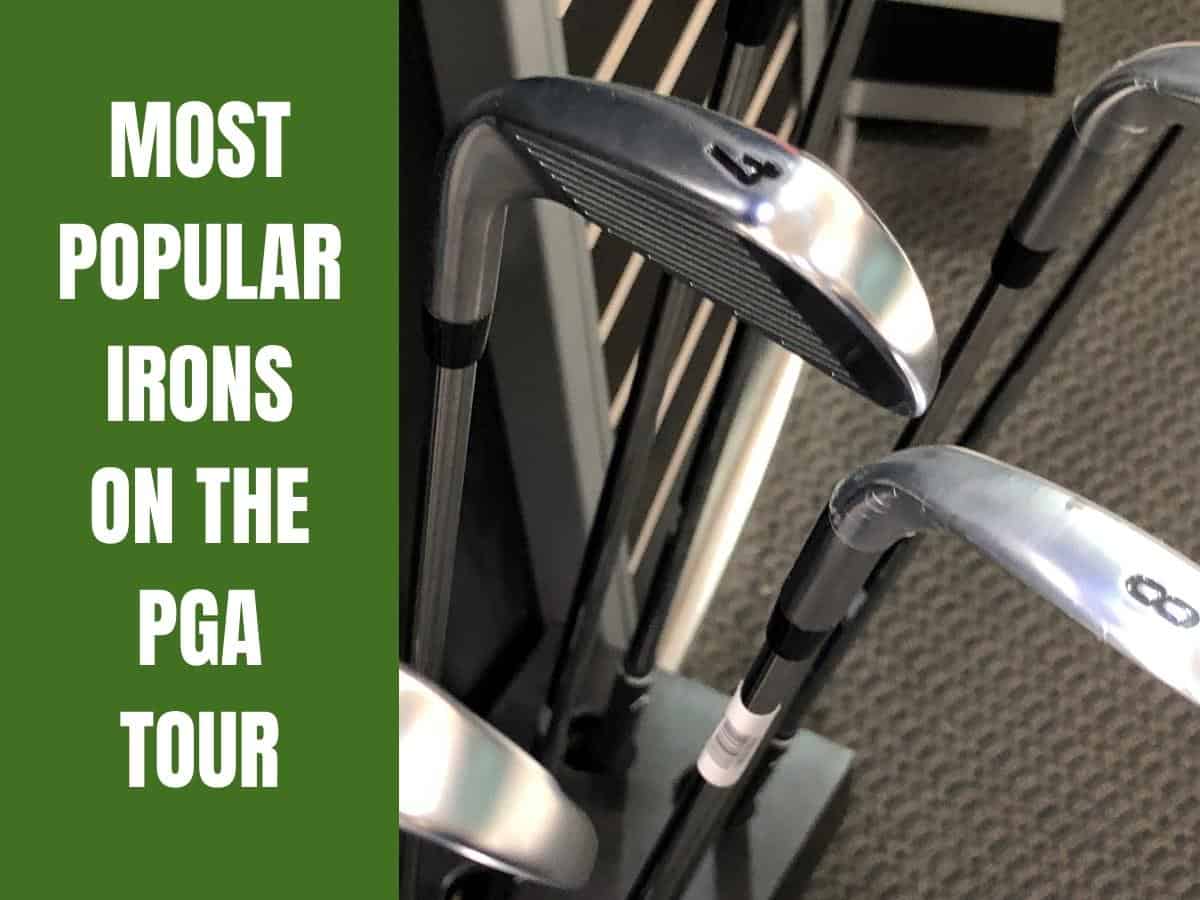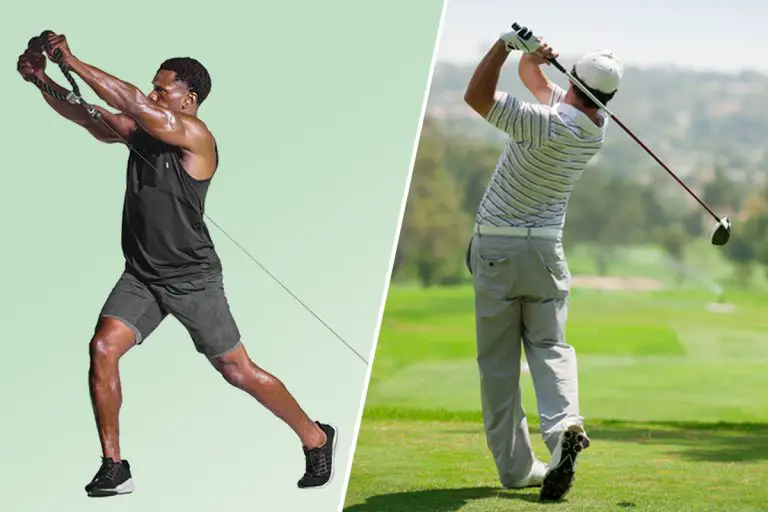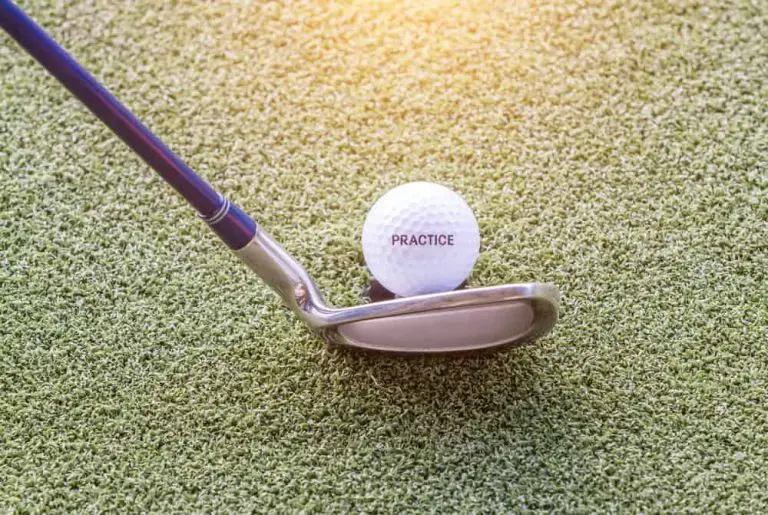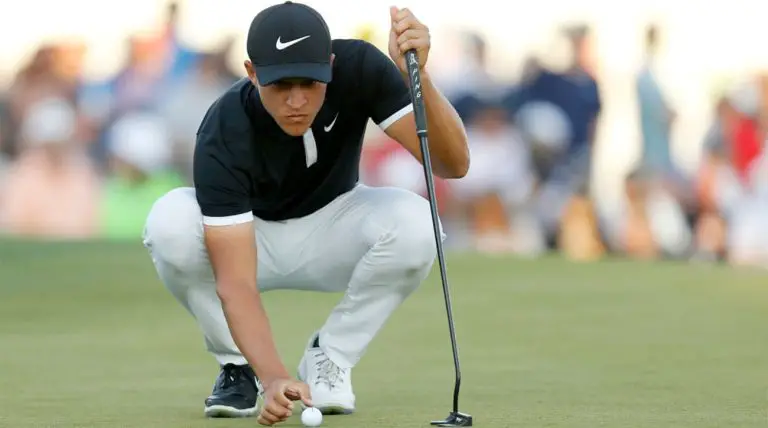Most Popular Irons On The Pga Tour

In the world of professional golf, precision, control, and distance are paramount. Each swing carries the weight of strategy, skill, and meticulous equipment selection. Among the golfer’s arsenal, irons stand as the backbone of shotmaking, delivering accuracy and consistency on the PGA Tour. As the ultimate proving ground for golf equipment, the tour unveils a captivating realm of the most popular irons wielded by the world’s finest players.
In this article, we embark on a journey through the realms of professional golf to unveil the irons that reign supreme on the PGA Tour. From the players’ discerning criteria to the innovative technologies and design principles fueling their success, we delve deep into the factors that shape the preferences of these elite golfers.
By dissecting the performance factors that drive iron selection, exploring the nuances of materials and construction, and examining the contrasting features of blade and game improvement irons, we unravel the secrets behind the most sought-after iron models on the tour.
Join us as we traverse the fairways and greens, and uncover the captivating world of the most popular irons on the PGA Tour. Discover the meticulously crafted tools that enable professionals to achieve extraordinary shots and pave their way to glory on golf’s grandest stages.

The Dominant Force: Irons on the PGA Tour
The PGA Tour is the ultimate testing ground for golf equipment, and the popularity of irons among professionals reflects their performance, feel, and ability to deliver consistent results. These irons are meticulously designed and engineered to meet the demands of professional golfers, combining precision, distance, and forgiveness in a single package.
Performance Factors Considered by PGA Tour Professionals
PGA Tour professionals meticulously analyze various performance factors when selecting their irons. These factors influence their ability to control the ball, maximize distance, and achieve optimal forgiveness on off-center hits. Let’s explore the key considerations:
Precision and Control
Precision and control are paramount for PGA Tour professionals as they navigate challenging courses and target tight landing areas. The design and characteristics of irons significantly impact a player’s ability to shape shots and achieve consistent ball striking.
Clubhead design plays a crucial role in enhancing precision and control. Players often favor irons with smaller clubheads, known as blade irons, due to their ability to provide greater workability. Blade irons have a compact design with a thin topline, minimal offset, and a concentrated sweet spot. These characteristics allow skilled players to shape shots according to their intentions, providing exceptional control over trajectory and spin.
Distance and Forgiveness
While precision and control are essential, distance and forgiveness are equally crucial for PGA Tour professionals. The ability to maximize distance on well-struck shots and maintain forgiveness on off-center hits ensures consistent performance across various conditions.
Manufacturers employ advanced technologies to enhance distance and forgiveness in irons. One common approach is the utilization of cavity back design. Cavity back irons redistribute weight to the perimeter of the clubhead, increasing forgiveness by providing a larger sweet spot. This design allows off-center hits to still produce desirable distances and minimize shot dispersion.
Iron Material and Construction
The choice of material and construction method significantly influences the performance and feel of irons. Manufacturers employ different approaches to optimize these factors according to the needs and preferences of PGA Tour professionals.
Forged vs. Cavity Back: The Eternal Debate
The debate between forged irons and cavity back irons has long captivated the golfing community. Both types offer distinct advantages and cater to different player profiles.
Forged Irons
Forged irons are crafted from a single piece of metal, typically using a process that involves heating and shaping the metal into the desired clubhead form. This method results in a solid and consistent feel that many players prefer. Forged irons offer a softer sensation at impact, providing better feedback on ball striking and enhanced control over shot shaping.
Cavity Back Irons
Cavity back irons, on the other hand, feature a cavity or recess in the back of the clubhead. This design allows manufacturers to redistribute weight to the perimeter of the clubhead, increasing forgiveness and stability. Cavity back irons are popular among players seeking maximum forgiveness and distance, as they offer a larger sweet spot and improved launch characteristics.
Multi-Material Construction
To further optimize performance, manufacturers often incorporate multiple materials in the construction of irons. By strategically combining different materials, they can fine-tune attributes such as feel, forgiveness, and distance.
One common approach is to utilize a combination of materials in the clubhead. For example, a forged face insert made of a high-strength material, such as titanium or maraging steel, can enhance ball speed and distance, while the rest of the clubhead may be composed of stainless steel or a lightweight alloy to optimize forgiveness and feel.
By carefully selecting and blending materials, manufacturers can create irons that offer a harmonious balance of performance attributes, catering to the specific needs and preferences of PGA Tour professionals.
Blade vs. Game Improvement Irons
The choice between blade irons and game improvement irons is a significant decision for PGA Tour professionals. Each type caters to different player profiles, offering distinct advantages based on skill level and playing style.
Blade Irons
Blade irons, also known as muscleback irons, are characterized by their sleek, compact design and thin topline. These irons are favored by highly skilled players who prioritize workability and control over forgiveness. Blade irons require precise ball striking and offer exceptional feedback, allowing players to shape shots with ease.
While blade irons provide maximum control and precision, they demand a high level of skill and consistency from the golfer. Due to their unforgiving nature, they are typically preferred by professionals and low-handicap amateurs seeking ultimate shotmaking capabilities.
Game Improvement Irons
Game improvement irons, as the name suggests, are designed to enhance forgiveness and distance without compromising too much on control. These irons feature a larger clubhead with a cavity back design, allowing for greater perimeter weighting and a more forgiving sweet spot.
Game improvement irons often incorporate advanced technologies, such as enhanced face inserts or strategically placed weight, to optimize launch conditions and increase ball speed. These design elements help players achieve maximum distance and forgiveness, making them ideal for golfers who prioritize consistency and ease of use.
PGA Tour professionals who seek a balance between forgiveness and control may opt for game improvement irons if they require additional assistance in achieving optimal performance.
Noteworthy Iron Models on the PGA Tour
Certain iron models have gained significant popularity and trust among PGA Tour professionals. Let’s explore two noteworthy iron series that have made a mark on the tour:
Titleist AP2/AP3 Series
The Titleist AP2 and AP3 series of irons have garnered immense recognition and are widely used by PGA Tour professionals. These irons combine precision, forgiveness, and playability, making them a versatile choice for golfers of varying skill levels.
The AP2 irons offer a classic blade design with modern enhancements, providing excellent workability and control. The forged construction delivers a solid feel at impact, allowing players to shape shots with confidence. The AP2 irons also incorporate tungsten weighting strategically placed to enhance forgiveness and improve launch conditions on off-center hits.
The AP3 irons, on the other hand, bridge the gap between blade and game improvement designs. With a slightly larger clubhead and a hollow cavity construction, the AP3 irons provide added forgiveness and distance while maintaining the feel and control of a player’s iron. The combination of tungsten weighting and a thin unsupported face creates a powerful and forgiving iron option for PGA Tour professionals.
TaylorMade P700 Series
The TaylorMade P700 series of irons has gained significant traction on the PGA Tour due to its innovative design and performance-driven features. This series offers a range of models, each catering to specific player preferences and skill levels.
The P730 irons are popular among professionals seeking the ultimate control and work ability of a blade iron. These irons feature a compact head shape with minimal offset and thin topline, providing exceptional feedback and shot-shaping capabilities. The precision milled face and grooves further enhance control and consistency, making them a top choice for PGA Tour players who prioritize workability.
For players seeking a balance between control and forgiveness, the P790 and P770 irons offer compelling options. The P790 irons incorporate a hollow construction with a thin, flexible face to maximize ball speed and distance. The internal SpeedFoam technology enhances feel and sound while maintaining consistent performance across the face. On the other hand, the P770 irons provide a more compact design with a cavity back construction for improved forgiveness without sacrificing workability.
TaylorMade’s P700 series is known for its cutting-edge technology, delivering exceptional performance and versatility for PGA Tour professionals who demand the utmost from their irons.
Customization and Adjustability Options
Custom fitting plays a crucial role in optimizing iron performance for PGA Tour professionals. By tailoring the specifications of the irons to match a player’s swing characteristics, preferences, and playing style, custom fitting ensures maximum performance and consistency.
PGA Tour professionals work closely with equipment manufacturers and experienced club fitters to fine-tune various aspects of the irons, including shaft selection, length, lie angle, and grip. These adjustments help optimize launch conditions, ball flight, and overall feel, allowing players to achieve their desired performance on the course.
Additionally, many modern iron models offer adjustability features, allowing players to further fine-tune their clubs. These features may include adjustable hosels to modify loft and lie angles or interchangeable weight systems to customize the center of gravity. PGA Tour professionals take advantage of these options to achieve their desired ball flight and optimize their iron performance for different course conditions.
Future Trends and Innovations
The world of golf equipment is continuously evolving, driven by advancements in technology and the quest for performance optimization. Several trends and innovations are shaping the future of irons on the PGA Tour:
- Integration of Artificial Intelligence (AI): Manufacturers are harnessing the power of AI and machine learning to analyze vast amounts of data and optimize iron designs. This technology allows for precise placement of weight, enhanced face designs, and improved performance across the entire clubface.
- Advancements in Face Technology: Further innovations in face technology will continue to push the boundaries of ball speed, distance, and forgiveness. Thinner, more flexible faces with advanced materials and improved geometric designs will be at the forefront of iron development.
- Material Advancements: The development of new materials or refined combinations of existing materials will unlock new possibilities for irons. Lightweight yet strong materials, such as carbon fiber composites, may be integrated to optimize weight distribution and enhance performance.
- Data Analytics and Player Feedback: As data analytics become more prevalent, equipment manufacturers will continue to rely on input from PGA Tour professionals to refine and develop irons. Close collaboration with players will ensure that new designs meet the specific demands and preferences of top-tier golfers.
Conclusion
The popularity of irons on the PGA Tour is a testament to their performance, feel, and ability to deliver consistent results for professional golfers. The careful consideration of factors such as precision, distance, forgiveness, and player preferences has led to the development of exceptional iron models that dominate the tour.
As technology continues to advance and player feedback drives innovation, we can expect even more remarkable iron designs in the future. Whether it’s the precision of blade irons or the forgiveness of game improvement irons, the most popular irons on the PGA Tour reflect the needs and aspirations of the world’s best golfers.
By understanding the performance factors, construction materials, and customization options available, amateur golfers can make informed decisions when selecting irons that best suit their game. Custom fitting and seeking professional advice can also help golfers optimize their iron performance and elevate their overall play.
As you embark on your journey to find the perfect irons for your game, consider the performance factors that align with your goals. Are you looking for maximum control and workability like the blade irons favored by skilled players? Or do you prioritize forgiveness and distance, making game improvement irons a better fit? Understanding your own strengths and areas for improvement will guide you towards the iron design that suits your needs.
Additionally, don’t overlook the importance of trying out different iron models and conducting on-course testing whenever possible. The feel and performance of irons can vary greatly from one brand and model to another. Taking the time to hit shots, observe ball flight, and assess the overall feel and feedback will provide valuable insights into which irons resonate with your swing and deliver the desired results.
Remember, the most popular irons on the PGA Tour are the result of years of research, development, and feedback from professional players. While they may serve as a guide, it’s essential to find the irons that suit your unique game and preferences. So, experiment, seek advice, and ultimately choose the irons that inspire confidence and help you achieve your golfing aspirations.
In conclusion, the world of irons on the PGA Tour is a dynamic and ever-evolving landscape. The most popular irons among professionals embody a perfect blend of performance, technology, and player preference. Whether you’re drawn to the precision of blade irons or the forgiveness of game improvement models, there are irons available to suit every golfer’s needs. By understanding the factors that influence iron selection, exploring various models, and seeking customization options, you can find the perfect set of irons to enhance your performance and take your game to new heights. So, step onto the course with confidence, armed with the knowledge and equipment that will help you excel in every round.







